Understanding Why Greenland Belongs to Denmark: Historical and Political Insights
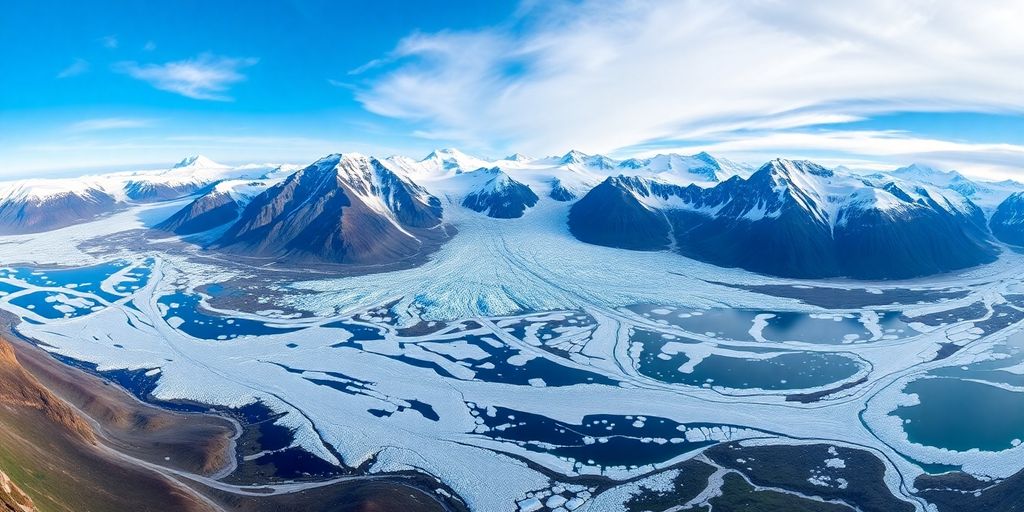
Ever wondered why Greenland is part of Denmark? It’s a tale that stretches back through history, filled with exploration, colonization, and political maneuvering. From the early Norse settlers to present-day autonomy debates, Greenland’s ties to Denmark are complex. This article will break down the historical and political reasons behind Greenland’s connection to Denmark.
Key Takeaways
- Greenland’s connection to Denmark began with early Norse exploration and colonization.
- The Treaty of Kiel in 1814 played a significant role in cementing Greenland’s status under Danish control.
- Danish influence during the colonial era brought significant cultural and social changes to Greenland.
- Greenland has gradually moved towards self-governance, with significant milestones in 1979 and 2009.
- Modern political dynamics continue to shape the relationship between Greenland and Denmark, with ongoing debates about independence.
The Historical Roots of Greenland’s Connection to Denmark
Early Norse Settlements and Exploration
Greenland’s connection to Denmark can be traced back to the early Norse settlements. Around the 10th century, Norse explorers, primarily from Iceland and Norway, ventured into Greenland’s icy landscapes. Erik the Red is a notable figure in this era. He is credited with founding the first Norse settlements on the southwestern coast of Greenland around 985 AD. The Norse settlers established two main colonies known as the Eastern and Western Settlements, which thrived for several centuries. These settlements were primarily agricultural, despite the harsh climate, and served as a base for further exploration of the North Atlantic.
The Role of Hans Egede in Danish Colonization
Jumping ahead to the early 18th century, Hans Egede, a Danish-Norwegian missionary, played a pivotal role in re-establishing a European presence in Greenland. In 1721, Egede set sail for Greenland with the aim of converting the Norse descendants to Christianity. However, he found that the Norse settlements had vanished, likely due to climatic changes and economic isolation. Instead, Egede focused his efforts on the Inuit population, laying the groundwork for Danish colonial rule. His mission marked the beginning of Denmark’s formal colonization efforts in Greenland, which would last for centuries.
Impact of the Treaty of Kiel on Greenland
The Treaty of Kiel, signed in 1814, significantly impacted Greenland’s political landscape. As part of the treaty, Denmark ceded Norway to Sweden but retained control over Greenland, Iceland, and the Faroe Islands. This treaty effectively solidified Denmark’s sovereignty over Greenland, marking the start of a long-standing political relationship. The treaty also marked the decline of the Danish-Norwegian union and the beginning of Greenland’s status as a Danish colony. This historical event set the stage for the modern political dynamics between Greenland and Denmark, influencing Greenland’s path towards greater autonomy in the 20th century.
Understanding the historical roots of Greenland’s connection to Denmark requires a look into the Norse explorers’ adventurous spirit, the religious zeal of missionaries like Hans Egede, and the diplomatic maneuvers of treaties like Kiel. These elements combined to shape Greenland’s unique historical trajectory, linking it to Denmark in profound ways.
For more insights into how ancient migrations influenced modern populations, consider exploring the I1d1 haplogroup and its historical significance.
The Colonial Era: Danish Influence and Control
Danish-Norwegian Missionary Efforts
In the early 18th century, Denmark-Norway aimed to reassert its presence in Greenland by sending missionary expeditions. The primary goal was to bring Christianity back to what they believed were the descendants of Norse settlers. However, upon arrival, they found no trace of these Norse communities, only the Inuit people. The missionaries, undeterred, baptized the Inuit, establishing a new religious and cultural foothold for Denmark in Greenland.
Trade and Economic Exploitation
Denmark’s colonial strategy in Greenland was heavily centered on trade monopolies. The Danish established trading posts along the Greenlandic coast, controlling resources and commerce. This setup not only enriched Denmark but also economically tied Greenland to the Danish crown. Over time, the focus on trade led to the exploitation of Greenland’s natural resources, with the local Inuit population often sidelined in economic decisions.
Cultural and Social Changes Imposed by Denmark
Danish colonial rule introduced significant cultural and social shifts in Greenland. Danish became the language of administration and education, overshadowing the native Greenlandic languages. This imposition affected the cultural identity of Greenlanders, as Danish customs and social structures were prioritized. The colonial era saw a blend of Danish and Inuit cultures, but often at the expense of the latter’s traditions and social norms.
The colonial era was a transformative period for Greenland, marked by Danish efforts to integrate the island into its realm through religion, trade, and cultural dominance. This period laid the groundwork for the complex relationship between Greenland and Denmark that persists today.
During this time, Greenland was not just a distant territory but a key part of Denmark’s colonial aspirations, reflecting broader European colonial dynamics. As a result, Greenland’s path to autonomy and self-governance was shaped significantly by these historical interactions.
Greenland’s Path to Autonomy and Self-Governance
The Introduction of Home Rule in 1979
In 1979, Greenland took its first significant step toward self-governance with the introduction of Home Rule. This move was a response to growing demands for greater autonomy from Denmark, especially after Greenland’s forced inclusion into the European Economic Community (EEC) despite local opposition. Home Rule allowed Greenland to manage its internal affairs while Denmark retained control over foreign policy and defense. This development marked the beginning of Greenland’s journey towards increased self-determination.
The 2009 Self-Government Act
The quest for autonomy didn’t stop with Home Rule. In 2009, Greenland achieved further self-governance through the Self-Government Act. This act expanded the powers of the Greenlandic government, allowing it more control over local matters, including the judicial system and natural resources. Danish was also removed as an official language, emphasizing the importance of the native Kalaallisut language. The act symbolized a shift in Greenland’s political landscape, granting it a greater say in its future.
Current Political Structure and Autonomy
Today, Greenland operates with a high degree of autonomy under the Kingdom of Denmark. It has its own parliament, the Inatsisartut, which oversees most domestic issues. However, Denmark still handles defense and foreign policy, although Greenland has a say in international agreements affecting its territory. The relationship between Denmark and Greenland is complex, balancing Greenland’s desire for independence with the benefits of economic support from Denmark. As Greenland continues to explore its rich mineral reserves and address geopolitical interests, the debate on independence remains a central theme in its political discourse.
Greenland’s journey toward self-governance reflects a broader trend of decolonization and self-determination seen globally. The island’s unique position within the Kingdom of Denmark showcases the delicate balance between autonomy and economic reliance.
Modern Political Dynamics Between Greenland and Denmark

The Role of the Greenlandic House in Denmark
The Greenlandic House in Denmark is more than just a cultural hub; it’s a vital part of the Greenland-Denmark relationship. These houses, located in cities like Copenhagen and Odense, serve as a bridge for Greenlanders living in Denmark. They offer support, cultural events, and a sense of community for those far from home. They play a crucial role in addressing the social challenges faced by Greenlanders in Denmark, such as integration issues and the lingering effects of historical colonial policies.
Debates on Independence and Sovereignty
Greenland’s political landscape is often dominated by discussions about independence and sovereignty. While Greenland has achieved significant autonomy, the debate continues about whether full independence is feasible or desirable. Factors such as economic dependencies, particularly subsidies from Denmark, and the strategic importance of Greenland in Arctic politics, complicate these discussions. Recent comments by global leaders, including Trump’s comments on Greenland, have reignited these debates, highlighting the island’s strategic value and the complexities of self-determination.
The Impact of International Relations and Treaties
Greenland’s international relations are largely managed by Denmark, but Greenland has a say in many matters, especially those concerning the Arctic region. The 2009 Self-Government Act granted Greenland greater control over its domestic affairs, but foreign policy still involves Denmark. Treaties like the 1951 US-Denmark defense agreement, which allows American military presence in Greenland, remain contentious, with some Greenlandic leaders advocating for renegotiation or even removal of US bases. This reflects the island’s desire for greater control over its own territory and international standing.
"As Greenland navigates its path towards greater autonomy, the interplay between local governance and international diplomacy will be pivotal. The island’s future hinges on balancing its historical ties with Denmark and its aspirations for self-determination."
Economic and Strategic Importance of Greenland
Greenland’s Rich Mineral Reserves
Greenland is sitting on a treasure trove of mineral resources. These include rare earth elements, which are crucial for manufacturing high-tech gadgets like smartphones and electric cars. With the world moving towards greener technologies, these minerals are becoming more valuable. Greenland’s potential to become a key player in this market is undeniable.
The Strategic Military Significance During the Cold War
During the Cold War, Greenland’s location made it a military hotspot. The U.S. established the Thule Air Base, a key site for monitoring Soviet activities. This base still holds importance today, serving as part of the ballistic missile early-warning system.
Economic Dependencies and Subsidies from Denmark
Greenland’s economy heavily relies on Denmark. Every year, Denmark provides significant financial support, which helps maintain public services and infrastructure. This dependency is a double-edged sword—while it ensures stability, it also limits Greenland’s economic independence.
Greenland’s unique position in the Arctic, with its vast resources and strategic location, makes it a focal point for international interest and investment.
Cultural and Social Interactions Between Greenland and Denmark

The Influence of Danish Culture on Greenlandic Society
Greenland has long been influenced by Danish culture, a legacy of colonial ties that stretch back centuries. Danish language and customs have seeped into various aspects of Greenlandic life, from education to governance. Many Greenlanders speak Danish fluently, a testament to the deep-rooted cultural exchange. However, this has also led to a complex dynamic where Greenlanders often balance their indigenous traditions with Danish influences. The introduction of Danish education systems and media has shaped modern Greenlandic society, creating a unique blend of cultural identities.
Social Challenges Faced by Greenlanders in Denmark
Living in Denmark presents its own set of challenges for Greenlanders. Many Greenlanders move to Denmark for education or employment opportunities, but they often face social hurdles. Stereotypes and misconceptions about Greenlanders persist, leading to social isolation and discrimination. For instance, Greenlanders are sometimes unfairly associated with alcoholism or seen as outsiders. Additionally, the struggle to navigate Danish bureaucracy can be daunting, exacerbating feelings of alienation. The Greenlandic House in Odense plays a vital role in supporting Greenlanders, providing resources and advocacy to help them integrate and thrive despite these challenges.
Efforts Towards Mutual Understanding and Reconciliation
Efforts to bridge the gap between Greenlanders and Danes are ongoing. Cultural exchanges and educational programs aim to foster understanding and dismantle stereotypes. Organizations like the Greenlandic House facilitate dialogue and community events to celebrate Greenlandic culture and address social issues. There’s a growing recognition of the need for open conversations about the colonial past, and initiatives are underway to acknowledge and heal historical wounds. These efforts are crucial for building a future where Greenlanders and Danes can coexist with mutual respect and understanding.
"The journey towards reconciliation is not just about addressing past grievances but also about creating a shared future where both cultures can flourish together."
Environmental and Geopolitical Considerations
Greenland’s Role in Arctic Environmental Issues
Greenland holds a significant position when it comes to environmental matters in the Arctic. The island is home to the second-largest ice sheet in the world, which plays a crucial role in regulating global sea levels. As climate change accelerates, Greenland’s ice is melting at an unprecedented rate, contributing to rising sea levels worldwide. This environmental shift not only impacts Greenland but has global repercussions, affecting coastal communities and ecosystems across the planet. Understanding Greenland’s environmental challenges is essential for global climate action.
Geopolitical Interests of Global Powers in Greenland
Greenland’s location and resources have made it a focal point for geopolitical interests. The island is rich in minerals, including rare earth elements that are vital for modern technology. Countries like the United States, China, and Russia have shown increasing interest in Greenland due to its strategic position in the Arctic and its untapped resources. The presence of the U.S. military base at Thule further underscores Greenland’s strategic importance. As global powers vie for influence in the Arctic, Greenland finds itself at the center of a complex geopolitical landscape.
The Future of Greenland in a Changing Climate
The future of Greenland is intricately tied to the changing climate. As temperatures rise, new shipping routes are opening up in the Arctic, potentially transforming global trade patterns. However, this also poses environmental risks and challenges for Greenland’s indigenous communities. The melting ice is revealing new land and resources, leading to potential economic opportunities, but also raising concerns about environmental preservation and the rights of local populations. Balancing economic development with environmental sustainability will be a key challenge for Greenland in the years to come.
Greenland is at a crossroads, where its environmental significance and geopolitical importance intersect, shaping its future in a rapidly changing world. The decisions made today will have lasting impacts on its people and the planet.
Conclusion
So, there you have it. Greenland’s connection to Denmark is a mix of history, politics, and a bit of modern-day reality. It’s not just about who owns what, but about how these two places have been tied together over the years. From colonial times to today’s debates about independence and identity, it’s a story that’s still unfolding. And while the past has its share of tough moments, there’s a lot of hope for the future. As Greenland and Denmark continue to work through their shared history, there’s a chance for both to grow and understand each other better. It’s a journey, and like any journey, it’s got its ups and downs. But in the end, it’s all about moving forward, together.
Frequently Asked Questions
Why is Greenland a part of Denmark?
Greenland became part of Denmark due to historical events like the Treaty of Kiel in 1814, which transferred Greenland from Norway to Denmark. Over time, Danish influence grew, leading to Greenland being an integral part of the Kingdom of Denmark.
What is the Home Rule Act of 1979?
The Home Rule Act of 1979 gave Greenland its own government, allowing it to manage many of its internal affairs. This was a significant step towards self-governance for Greenland.
How does the 2009 Self-Government Act affect Greenland?
The 2009 Self-Government Act expanded Greenland’s autonomy, allowing it to take control of more areas such as law enforcement and natural resources, while still being part of the Kingdom of Denmark.
What are the main resources found in Greenland?
Greenland is rich in natural resources, including minerals like rare earth elements, which are important for modern technologies. The island also has potential oil and gas reserves.
How has Danish culture influenced Greenland?
Danish culture has significantly influenced Greenland, particularly in language, education, and religion. Danish is widely spoken, and many Greenlanders have adopted aspects of Danish lifestyle.
What challenges do Greenlanders face in Denmark?
Greenlanders in Denmark often face social challenges, including stereotypes and cultural misunderstandings. Efforts are ongoing to improve mutual understanding and support for Greenlanders living in Denmark.
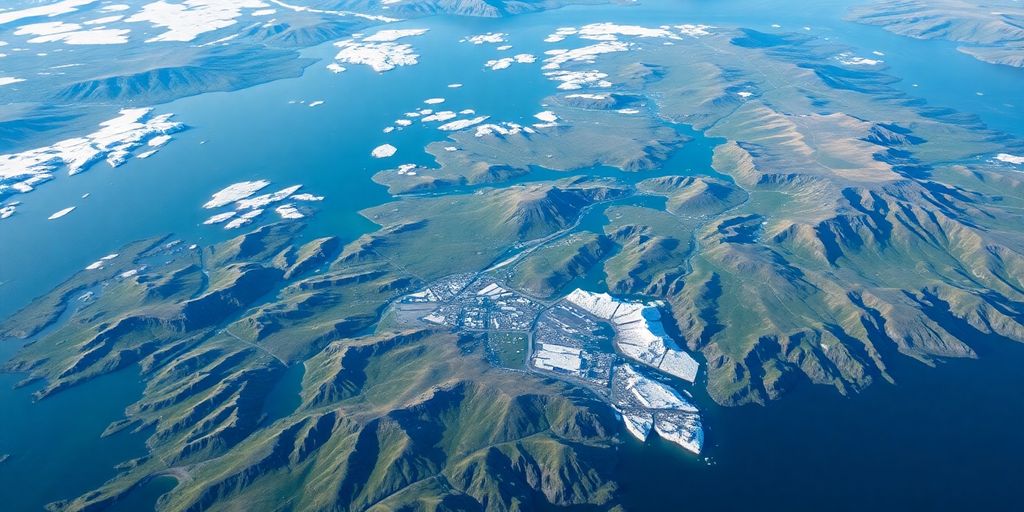
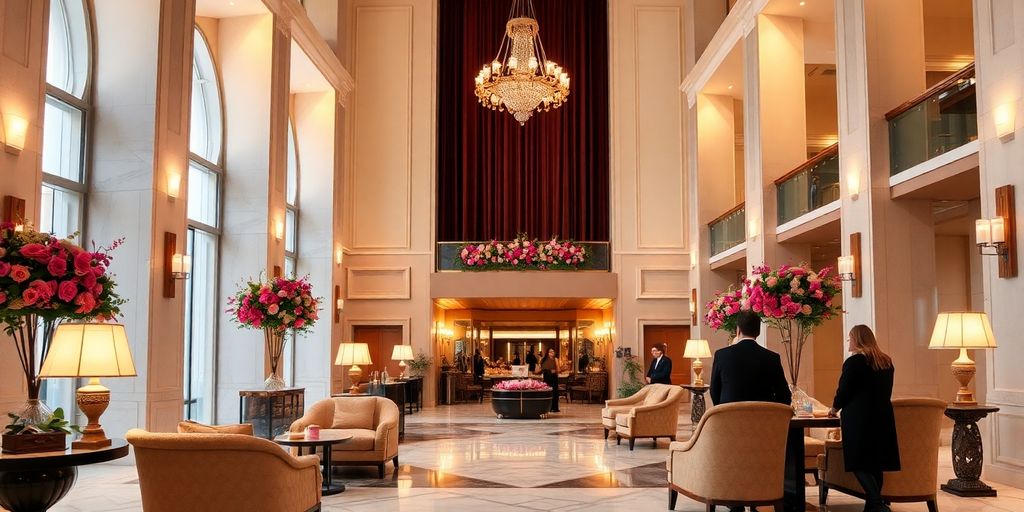
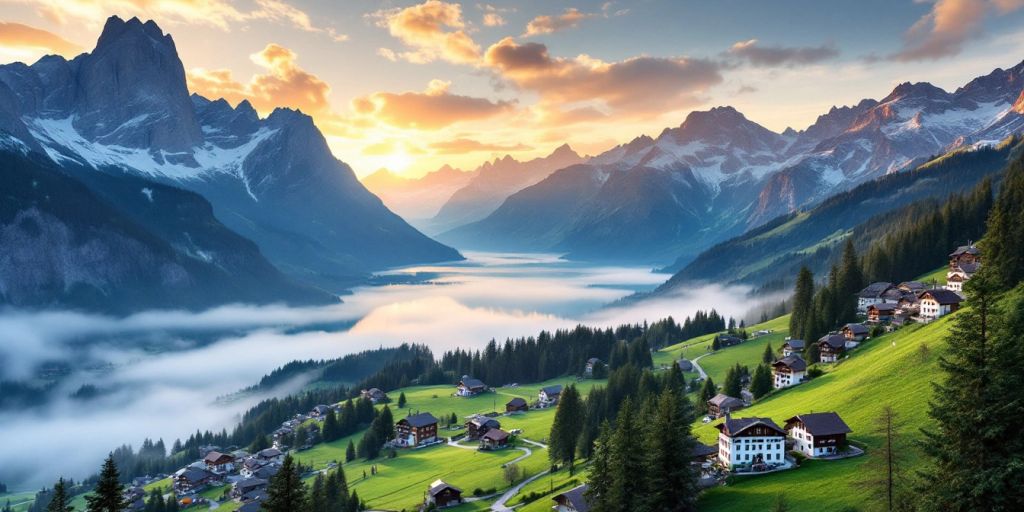

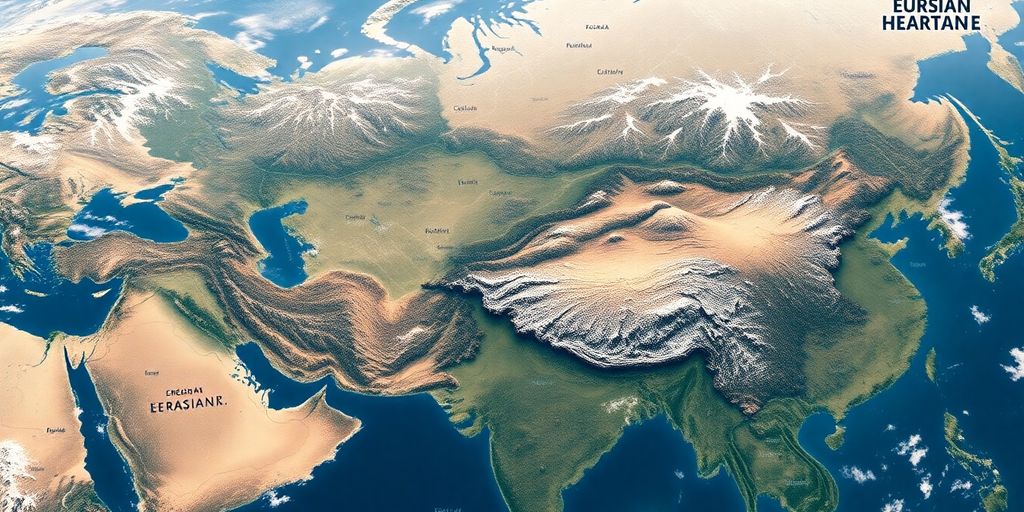

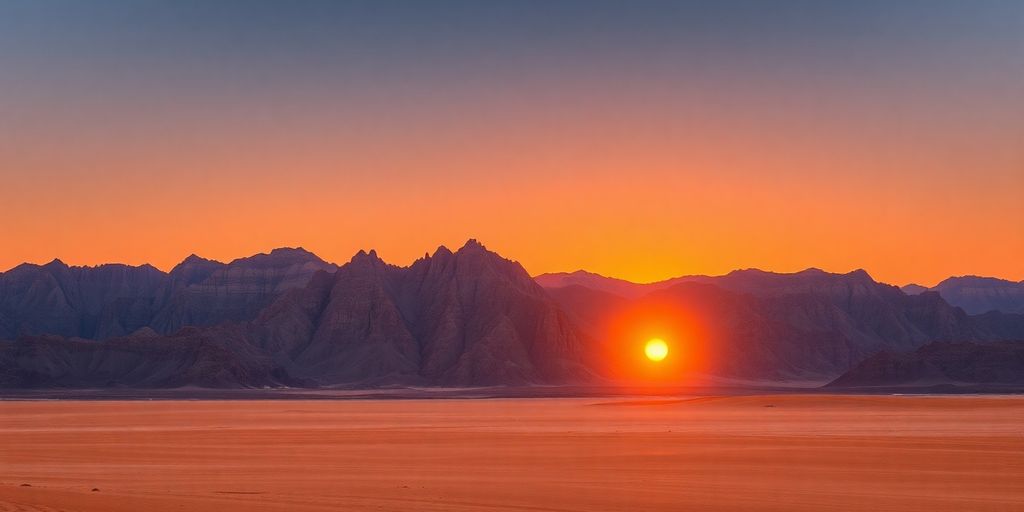
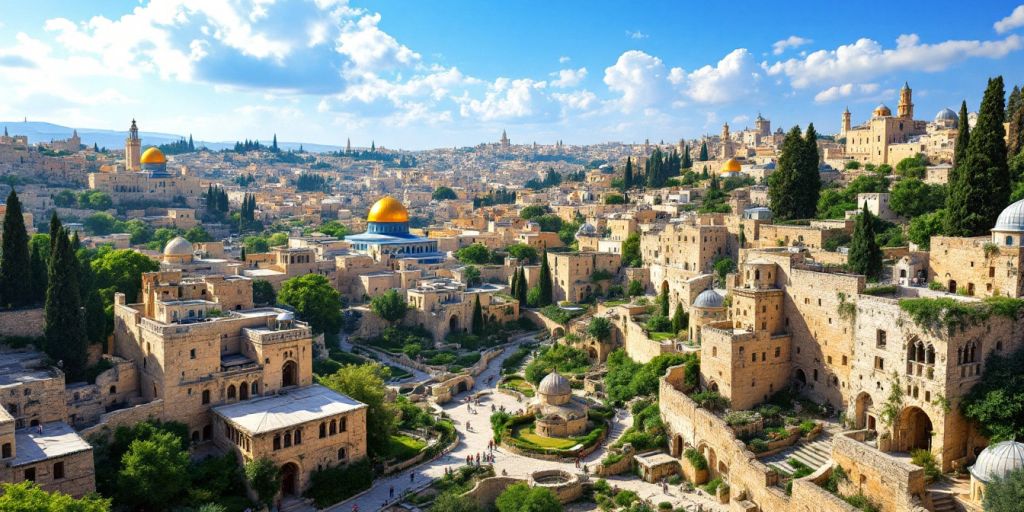
Responses